Knowing the interesting Facts about the Sun is always fascinating to everyone. The Sun is a yellow dwarf star in the center of the solar system. And it is the main object to have almost all the mass of the solar system.
“The solar system contains our Sun, 8 planets, many dwarf planets, hundreds of moons, billions of asteroids, millions of comets, and many other small solar system objects. But, only our Sun has almost 99.86% mass of the whole solar system”.
What does it mean, the sun has created a system where these all bodies exist and it is called the solar system. The solar system is so big and no human technology has crossed the solar system. This Sun is orbiting the center of the milky way galaxy at a speed of around 220 km/sec with these all bodies.
Do you know the below interesting fact of the Sun:-
The solar system is so vast if we would travel at the speed of light, still, it would take more than 3 years to cross it.
Check About:- The Outermost Region of Solar System – Oort Cloud
It is a main-sequence G2V-type star. Our sun used to be called ‘sol’ by Romans and the Greeks were calling it ‘Helios’.
Interesting facts about the Sun
The sun creates energy by nuclear fusion of Hydrogen into Helium. Generally, it helps life on earth by photosynthesis and is also responsible for climates and weather on earth, but knowing deeply about it is going to amaze you.
Here in this article, we have added 15 interesting facts about the Sun. These facts of the Sun are given here in the table in short form. More information about the sun is given below in detail.
Sun Facts |
|
| 1. | The Sun is a yellow dwarf star in the center of the solar system. |
| 2. | Our sun used to be called ‘sol’ by Romans and the Greeks were calling it ‘Helios’. |
| 3. | The sun creates energy through the nuclear fusion of Hydrogen into Helium. |
| 4. | The diameter of the sun is about 1.39 million km, which is 109 times of earth’s diameter. |
| 5. | It contains 99.86 % total mass of the solar system and 333000 times the earth’s mass. |
| 6. | 1300000 earth can enter inside the sun because its volume of it is 1.3 million times earth’s volume. |
| 7. | The average density of the sun is almost ¼ th to the average density of the earth. Whereas the center density of the sun is about 12.4 times the central density of the earth. |
| 8. | Our sun is rotating around the center of the galaxy milky way. Its rotational velocity is very much, almost 220 km/sec. |
| 9. | Sun is mainly composed of hydrogen and helium. It contains some heavy metals including many other chemical elements. |
| 10. | It is made up of some layers and every layer contains a different temperature. The temperature of the core part is in millions of kelvin (K). The temperature of the core is almost 15 million degrees Celcius. |
| 11. | The sun formed approximately 4.6 billion years ago. |
| 12. | Our sun does not contain any defined surface because it is a gaseous object. The outer part which is visible is called the photosphere. |
| 13. | Because of nuclear fusion, approximately 4.0 × 109 kg mass gets converted into energy per second (This point is my favorite Sun Facts). It means in every second the sun is decaying so fast by means of mass. |
| 14. | The distance between the center of the milky way galaxy and our Sun is 27200 light-years. |
| 15. | The solar system is so vast if we would travel at the speed of light, still, it would take more than 3 years to cross it. |
⇒ Diameter
Sun is almost a perfect sphere and has found an almost 10 km difference between its equatorial and polar axis. The diameter of the sun is about 1.39 million km, which is 109 times of earth’s diameter.
Diameter = 1390000 km = 109 × diameter of earth
⇒ Mass
It contains 99.86 % total mass of the solar system and 333000 times earth’s mass. Mostly it consists of almost 73% Hydrogen and almost 25 % Helium.
Mass = 2×1030 kg = 2,000,000,000,000,000,000,000,000,000,000 kg = 333000 × mass of the earth
- Check about:- Facts of the Earth
⇒ Volume
1300000 earth can enter in the sun because the volume of it is 1.3 million times of earth’s volume.
Volume = 2 × 1018 km3 = 2,000,000,000,000,000,000 km3 = 1300000 × volume of the earth
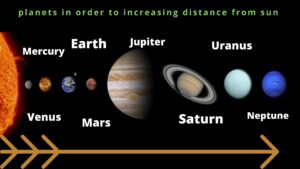
⇒ Density
Density is the term that always creates interest to know about facts of the universe. The average density of the sun is almost ¼ th to the average density of the earth whereas its center density is about 12.4 times the central density of the earth.
- Average density = 1.4 gm/cm3 = 0.25 × average density of earth
- Center density = 162.4 gm/cm3 = 12.41 × center density of the earth
Check about:- Density of All Planets in Solar System With Facts
⇒ Velocity
As we know our moon is continuously rotating around the earth in an orbit and our earth is rotating around the sun. In the same way, the sun is also rotating around the center of the galaxy milky way. Its rotational velocity is very much, almost 220 km/sec. Its escape velocity is almost 55 times the earth’s escape velocity.
- Velocity = 220 km/sec around the center of the milky way
- Escape velocity = 617 km/sec = 55 × escape velocity of the earth
Check About:- How do All Planets revolve around Sun
⇒ Composition (by mass)
Sun is mainly composed of hydrogen and helium. It contains some heavy metals including other chemical elements.
- Hydrogen = 73.5 %
- Helium = 24.8 %
- Oxygen = 0.8 %
- Carbon = 0.3 %
And other elements like Iron, Neon, Magnesium, and Sulphur are also present in very little quantities.
⇒ Temperature
It is made up of some layers and every layer contains a different temperature. The temperature of the core part is millions of kelvin (K). The core extends 20-25 % from the center of the solar radius. Because of the high temperature it has continued nuclear fusion reaction inside the core.
- Core temperature = 1.5 × 107 degree Celcius
- Surface temperature = 5500 degrees Celcius
⇒ Age of the sun
The sun formed approximately 4.6 billion years ago. It is continuously creating energy by the fusion of hydrogen into helium since the starting age of its life. Our sun is in the middle of its life. It can produce energy of approximately 5 billion years more. Then there will not be any availability of hydrogen to fuse.
- Age = 4.6 billion years (origin to present)
- Age = 5 billion years (present to end)
⇒ Structure of the sun
The structure of the sun is divided into layers:
-
Core–
It is the part that contains 20 – 25 % from the center. In this layer, hydrogen converts into helium and produces energy. Here energy transfer occurs in the form of convection. The temperature of the core is almost 15 million degrees Celcius. Approximately 99 % of the power is generated by this 25 % of the sun’s radius.
-
Radioactive zone–
This layer extends 25 – 70 % from the center of the radius. Here transfer of energy to the outside happens by radiation.
-
Convective zone–
It extends between 70 % from the radius to a point close to the visible surface. This layer is responsible for the transfer of energy and heat to the surface.
-
Photosphere–
Our sun does not contain any defined surface because it is a gaseous object. The outer part which is visible is called the photosphere. And the temperature of the photosphere layer is almost 5500-degree Celcius.
⇒ Energy (nuclear fusion)
The sun is the reason for the available energy even on earth. In the core, hydrogen converts into helium by the nuclear fusion reaction. In nuclear fusion, two or more atomic nuclei combined and form other atomic nuclei in the presence of very high temperatures(1.5 × 107 K).
Because of nuclear fusion, approximately 4.0 × 109 kg mass gets converted into energy per second(this is one of my favorite facts about the sun). It means in every second the sun is decaying so fast by means of mass. Still, it can produce energy billions of years from now on.
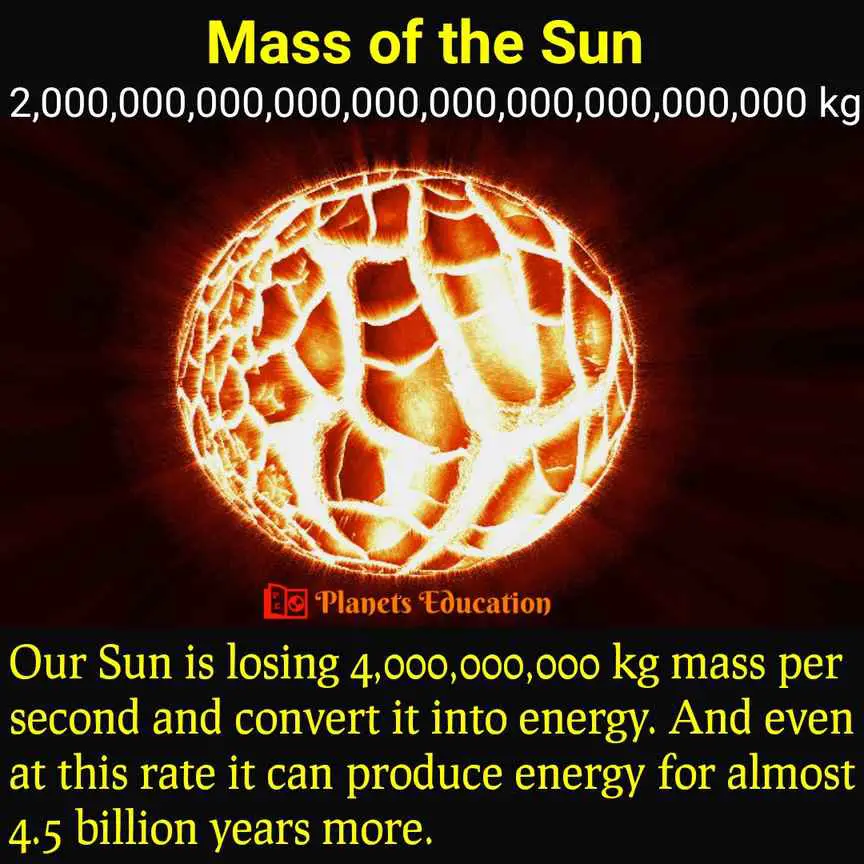
⇒ Sun and planets
The mean distance of the sun from the earth is called the astronomical unit (au). 1 astronomical unit is approximately 150 million km. It takes 8 minutes and 18 seconds to reach the rays of the sun on earth. So the distance between earth and the sun is 8 min 18 light second.
| Planets | Distance from Sun (approx center to center) | The rotation period of planets around Sun |
| Mercury | 57,910,000 km | 88 earth days |
| Venus | 108,200,000 km | 225 earth days |
| Earth | 149,600,000 km | 365.25 earth days |
| Mars | 227,900,000 km | 1.9 earth years |
| Jupiter | 778,500,000 km | 11.9 earth years |
| Saturn | 1,434,000,000 km | 29.5 earth years |
| Uranus | 2,871,000,000 km | 84 earth years |
| Neptune | 4,495,000,000 km | 164.8 earth years |
| Must Check About:– All 8 Solar System Planets |
The distance from the milky way galaxy is 27200 light-years. When the moon comes between the sun and earth while rotating around its orbit, then it stops the sun rays to fall on earth. This phenomenon is called a solar eclipse, so this information may be considered as good and interesting facts about the sun.
How the sun was formed?
Our sun was formed around 4.5 billion years ago, due to the gravitational collapse of a solar nebula. A solar nebula contains giant clouds and dust. And the gravitational collapse is the contraction process of any object due to its own high gravity.
As the giant clouds and dust started collapsing, they started to spin faster and made an approximate shape of the disk. This made most of the materials gathered at the center and thus formed the sun. Whereas the orbiting disk shape clouds formed the other solar system objects such as planets, moons, asteroids, and other solar system objects.
High-density clouds and dust of solar nebula collected at the center of the rotating disk and hence formed the sun. Therefore the mass of the sun is more than 99.98% of the rest of the other solar system objects.
This central mass of the sun has so much density and temperature. Because of its high density and temperature, it creates a nuclear fusion reaction inside the core. So after following this process, our sun generates heat and energy.
Related:- All different types of stars and life cycle
So these were some interesting facts about Sun with some general information about our sun. I hope you have liked it. Share it also with the needy one.
Also Check:-
- All About the Biggest Star Stephenson 2-18
- How big are stars? Compare to Sun and Earth
- Milky Way Stars – Names, Numbers, and List
- 5 Best Solar System Backpacks in 2024

- Mass of Planets in Order from Lightest to Heaviest
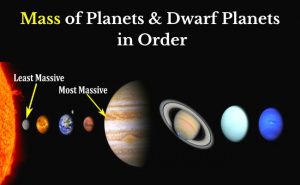
- Star Projector {2024}: Star Night Light Projector

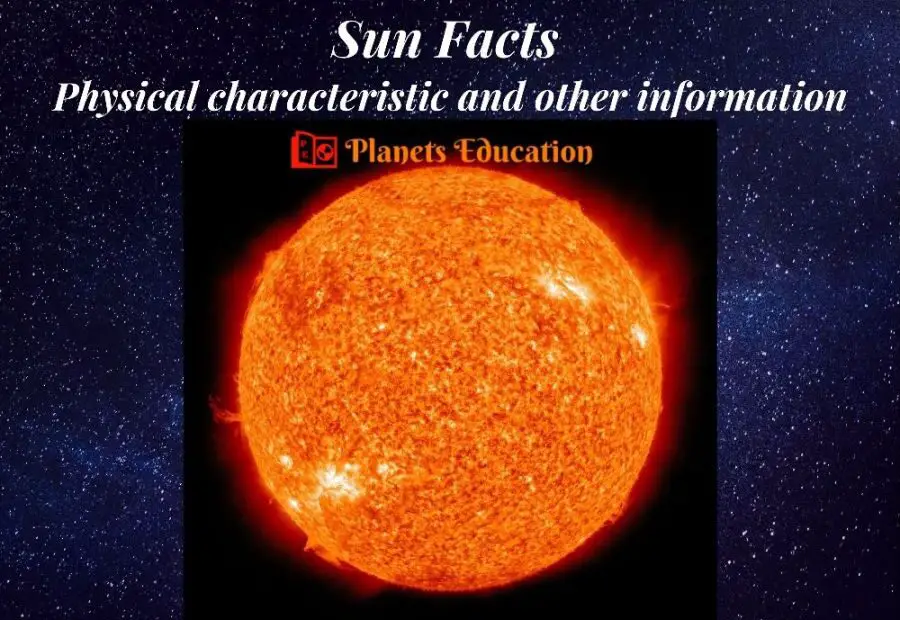
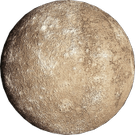
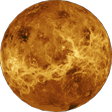

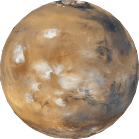
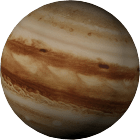
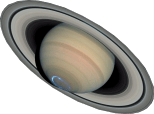
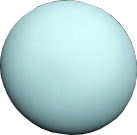
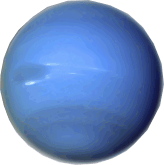

I’m satisfied with the information that you provide for me and
thanks for this because sometimes people face this problem.
King regards,
Mead Duke
Comments are closed.